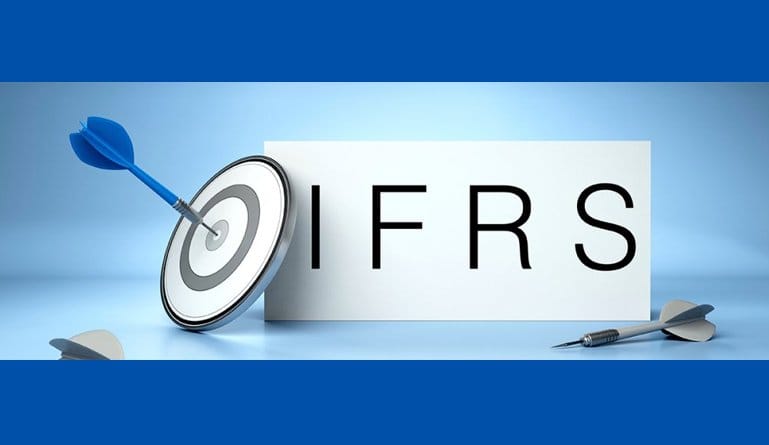It is essential for companies to be compliant with IFRS 15 and ASC 606.
There are new revenue recognition standards companies must comply with. These new standards are to simplify and unify revenue recognition practices across industries and may cause complications if the steps aren’t followed properly.
The new recognition standards can impact the growth of businesses. These new recognition standards were issued with a goal of simplifying and harmonizing revenue recognition practices, which before varied across different companies. These various practices made macro-level comparing impossible and the new standards are looking to fix that.
Impact of IFRS 15 on Businesses
IFRS 15 is a new revenue recognition standard in accounting that mostly impacts businesses that enter into long-term contracts that consist of multiple elements. IFRS 15 has a five-step model that requires companies to make a distinction between these different elements and use separate pricing to recognize their specific revenue. This change of revenue recognition will affect bonuses, targets, KRIs, corporate income tax, external relations and more.
The first step in implementing IFRS 15 is to create awareness for key stakeholders. The next step is to define solutions after contacts, accounting rules, processes and systems are analyzed. Next is the deployment phase that covers building and testing the system solution. This phase gives special attention to change impact and readiness assessments. January 2018 marked the IFRS 15 effective date and companies must monitor quality and output to ensure they are in compliance.
Impact of ASC 606 on Businesses
The ASC 606 revenue recognition standard was created to replace industry-specific guidelines. This new recognition standard is the most widespread change to revenue recognition rules and was created to have single standard guidelines across all industries. This brings substantial change to companies on how they account for revenue and disclose revenue related information. Since the effective date for nonpublic companies to be ASC 606 compliant was December 15, 2017, there are five steps of contract creation within the guidelines companies must be following.
The first is to identify the contract with the customer. The second step is to identify the contract performance obligations. Step three is to determine the price of the transaction. The fourth step is to allocate the transaction price to performance obligations. The final guideline step to stay within compliance is to recognize revenue when the performance obligation is satisfied. ASC 606 is complex and transitioning to an automated solution is something companies should take into consideration.
New Revenue Recognition Standard Summary
With the new revenue recognition standard being in effect for companies to comply with, there are five basic things businesses should know. The new revenue recognition standard has a five-step process and each step should be complete for the new standard to be effective. The first step is to determine whether a contract is approved and parties have committed. The next step is to identify performance obligations. This includes identifying what exactly is being delivered to the customer. Step three is determining the price of the transaction.
When determining this price, the new standard forces companies to consider new variables, noncash and things payable to the customer. The fourth step is to allocate the transaction price. Contracts that include several separate performance obligations, as each obligation is completed, revenue must be recognized. The final step is to recognize revenue as obligations are satisfied. Revenue can be recognized as soon as the customer has benefitted from the goods or services provided by the company.
IFRS 15 and ASC 606 are the new standards in revenue recognition. With companies having to be in compliance with the new standards, it is essential to know the steps to stay within these new guidelines. Even with goods or services being transferred over time, it is mandatory that companies recognize the revenue as those goods and services are transferred. The new revenue recognition standards can be complex so it is in a company’s best interest to find an automated solution to stay within compliance.




